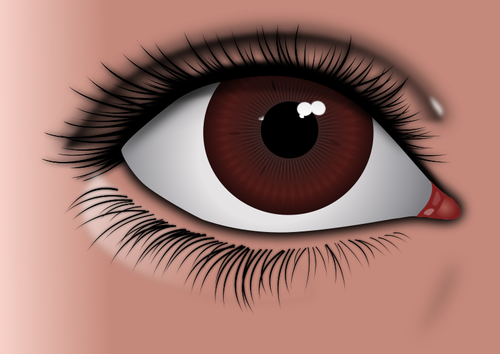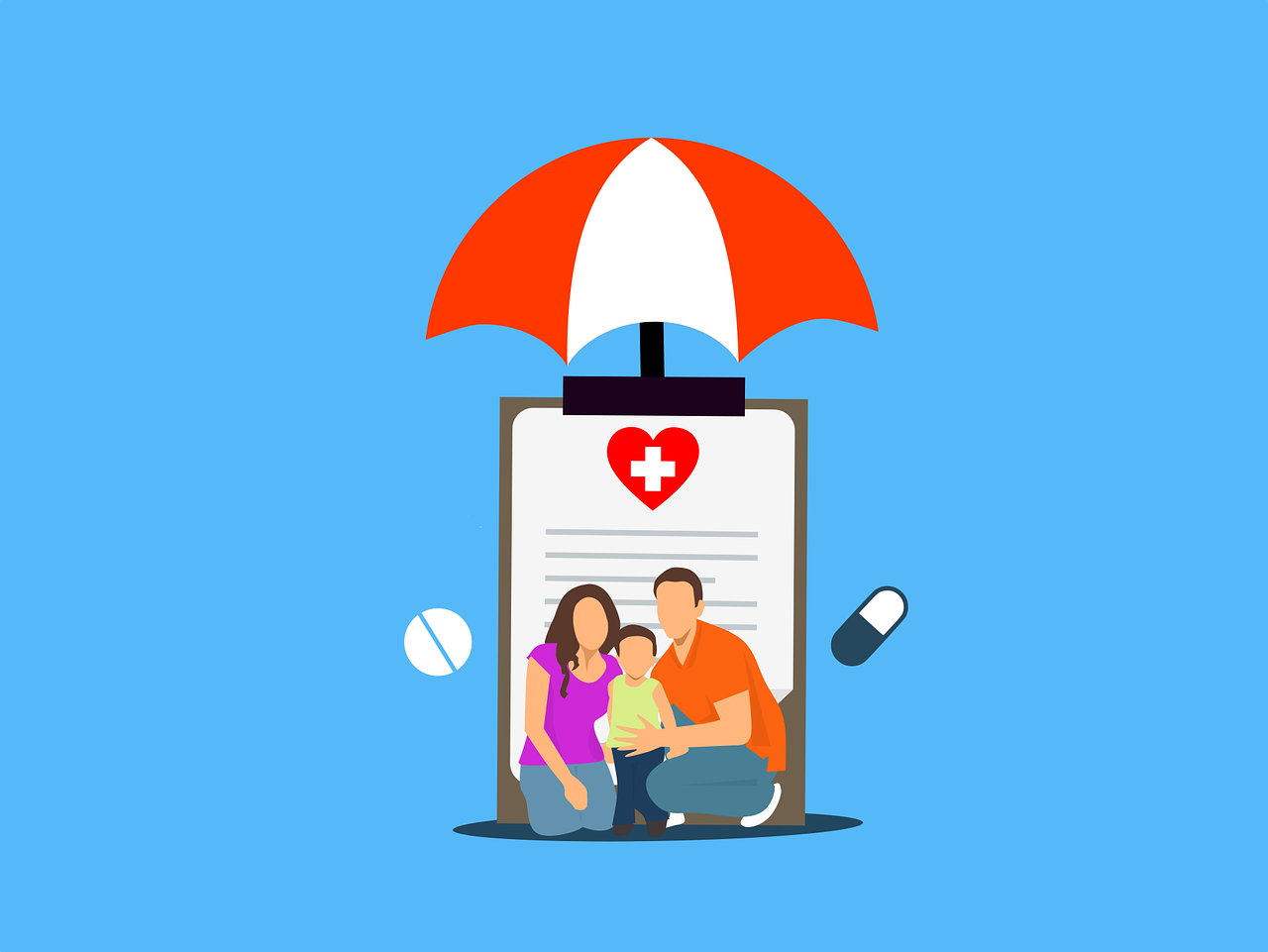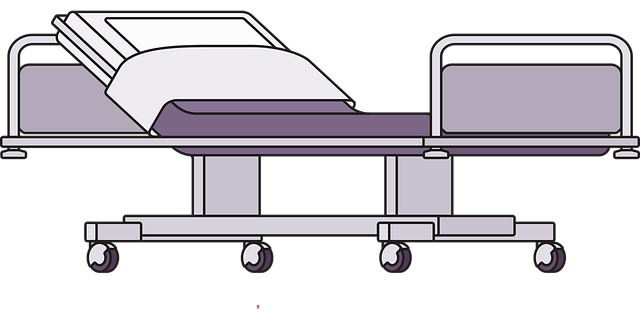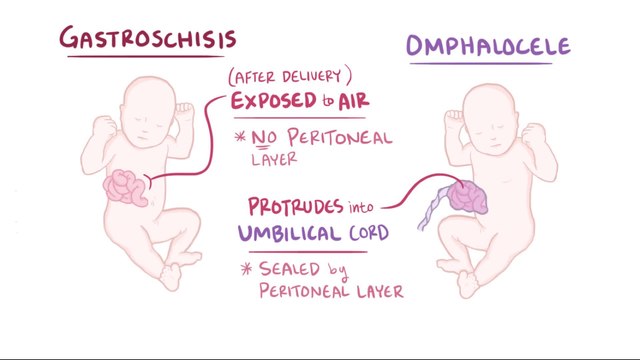Deterioration in eye health has become an accepted part of aging, and most of us will experience vision problems at one point in our lives.
Some eye problems are irreversible and while others can improve with treatment. Catching an eye health condition in its early stages will maximize your chances of a full or partial recovery.
Getting regular check-ups with an eye doctor in Salt Lake City will ensure that your eye condition is treated as quickly as possible. Professional eye doctors have the expertise and equipment to diagnose and treat almost any recognized eye condition.
In this article, we are going to cover some of the most common eye health conditions as well as the treatment options that are available for each one.
Glaucoma
Glaucoma is a group of eye diseases that results in excess fluid around the eyes. This extra fluid causes increased pressure on the optic nerve, which supplies the eye. As a result, vision can be seriously affected.
If left untreated, glaucoma can cause vision loss and blindness. The increased pressure affects how visual stimuli are transmitted from the eyes to the brain.
There are two main types of glaucoma – open-angle and closed-angle. The former refers to glaucoma that develops over time and is usually not noticeable until the disease is quite severe. The latter occurs acutely and is associated with severe pain and rapid vision loss.
Symptoms of glaucoma include eye pain, headaches, nausea, blurry vision, and blind spots.
The treatments for glaucoma focus on reducing the severity of symptoms and slowing down the progression of vision degeneration. Treatments may include eyedrops, laser treatments, or surgical intervention.

Cataracts
Cataracts refer to the painless clouding of the eye lens. This clouding leads to reduced vision and can affect one or both of the eyes. It is the leading cause of reversible vision loss in the United States.
The condition may be present from birth but symptoms most commonly occur in those above the age of 50. Most people above the age of 70 will experience some cataract symptoms as the eyes naturally degenerate over time.
Other risk factors for cataracts include trauma to the eyes, alcohol abuse, nutrient deficiencies, excessive UV light exposure, and certain medications.
Symptoms of cataracts include cloudy or blurry vision, increased sensitivity to bright lights, and changes in the way that you see colors.
Treatments for cataracts usually involve surgery to remove the clouded lens and replace it with an artificial lens. This form of surgery has a high success rate, with over 90% of people reporting improvements in their vision post-surgery.
Age-Related Macular Degeneration
Age-related macular degeneration (AMD), often shortened to macular degeneration is a condition that affects your central vision. It causes the degeneration of the macula, which is responsible for your ability to focus on finer details.
AMD can lead to severe loss of vision but rarely causes total blindness. It is most common amongst people above the age of 50.
There are two forms of AMD – wet and dry.
- Wet AMD occurs when there is abnormal growth in the blood vessels underneath the macula, leading to excess fluid and blood to leak from the vessels. This causes damage to the macula and loss of central vision.
- Dry AMD is more common than wet AMD and accounts for 80% of all AMD cases. It occurs more slowly and results from the gradual degeneration and thinning of the macula, which causes blurred central vision.
The symptoms of wet and dry AMD are similar. Both types of AMD can cause blurred or fuzzy central vision, dark spots in the center of the eyes, or the distortion of straight lines into curved or wavy lines. The presence of small yellow deposits in the retina (known as drusen) is one of the most common early warning signs of AMD.
Usually, symptoms go unnoticed until the disease has progressed. If severe, AMD may cause somebody to lose their ability to read fine print, drive, or see faces.
The most common treatment for AMD involves the injection of anti-VEGF agents using a very fine needle and anesthetic eyedrops. VEGF is the shortened name for vascular endothelial growth factor.
When VEGF is high in the eye, it can lead to increased abnormalities in the blood vessels around the retina, causing damage to the area. Treating the eye with anti-VEGF can lower the levels of this damaging component to improve the level of visual acuity.



